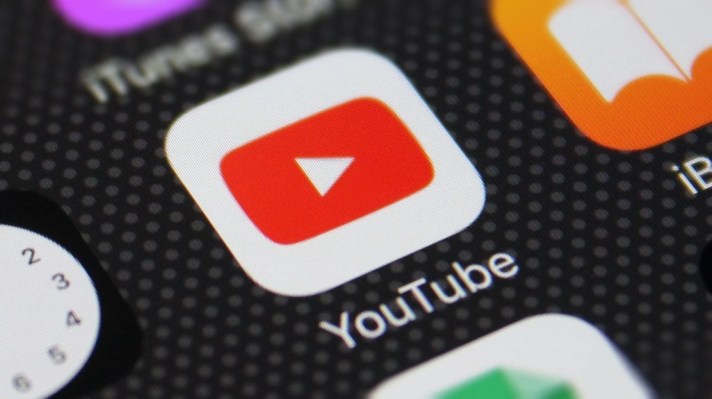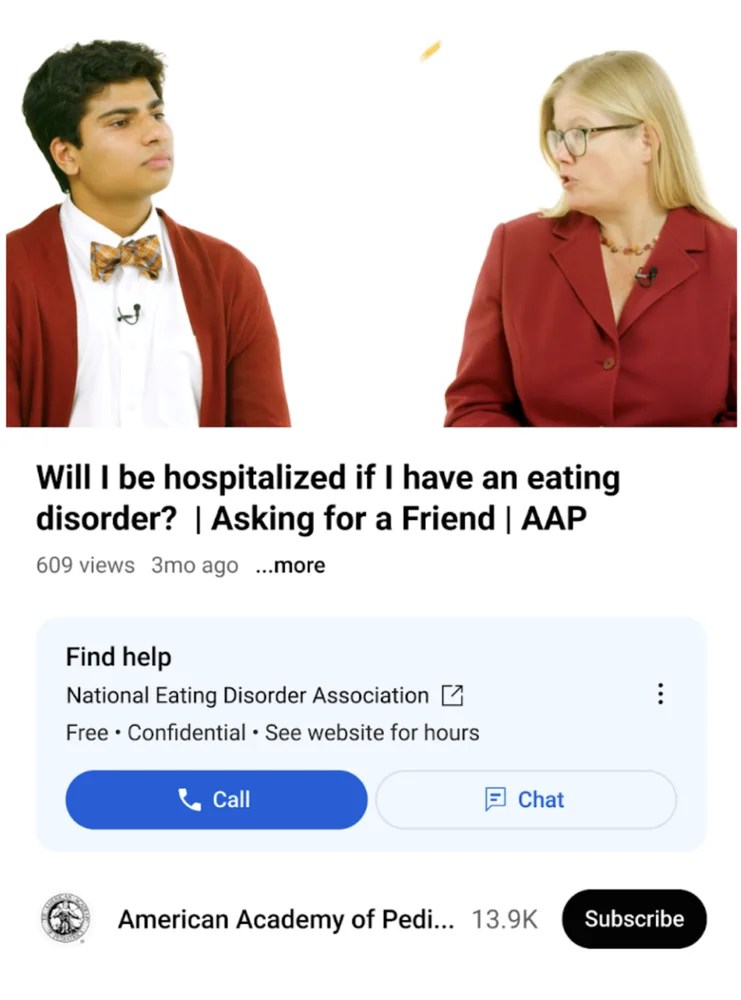YouTube updates its policies on eating disorder content and will ban videos that display “imitable behavior”
[ad_1]

YouTube is updating its guidelines for dealing with eating disorder content on its platform, the Google-owned company announced Tuesday. Although the platform has long removed content that glorifies or promotes eating disorders, YouTube will now also ban eating disorder content that users might imitate.
Such behaviors could include purging after eating or severely restricting calories. YouTube will also ban content that could lead at-risk users to imitate certain behaviors, such as weight-based bullying in the context of eating disorders.
YouTube also announced that videos that focus on eating disorder recovery or include sufficient educational, documentary, scientific, or artistic (EDSA) context may receive an age restriction and/or crisis resource panel.
Content that contains EDSA or discusses disordered eating behaviors in the context of recovery may not yet be suitable for all ages, YouTube says, which is why it is introducing age restrictions on certain eating disorder content. As a result of the updated policy, some videos will not be available to viewers under the age of 18, if you are not logged in, or if the video is embedded on another website.
For example, YouTube may place age restrictions on videos in which a creator talks about eating disorders they’ve been involved with while sharing their recovery journey.
“We developed this age-restriction approach for eating disorder-related videos in consultation with outside experts to strike the right balance in our ongoing efforts to protect younger viewers from content that may be more susceptible to imitation than adults,” he wrote. the cimpany in a blog post “As with all of our Community Guidelines updates, these age restrictions will take a while to fully implement, so you may not see them right away.”
YouTube currently places crisis resource panels at the top of eating disorder search results in the US, UK, India, Canada, Japan, Korea, Mexico, France and Germany. Now, the company is expanding crisis resource panels to also appear on Watch pages in these countries. YouTube believes this change will allow it to reach an even broader audience with important mental health and context resources. The platform plans to launch these panels in even more countries in the future.

Image Credits: Youtube
The policy updates, developed in consultation with the National Eating Disorders Association and other nonprofits, aim to ensure YouTube creates “space for community, recovery and resources, while continuing to protect viewers.” .
The updated policy comes as social media platforms face increasing scrutiny for negatively impacting young users. In 2021, lawmakers questioned executives at YouTube, TikTok, and Snapchat about how their platforms handle eating disorder content. Although the companies testified that they each have policies that prohibit content that promotes eating disorders, the senators cited evidence from voters about teens on these platforms still suffering from illnesses like anorexia and bulimia.
During the hearing, YouTube executives noted how some users may find comfort in a video about someone overcoming an eating disorder and that this content can be uplifting and help teens know they are not alone in what they are experiencing. The company is now addressing concerns that while this type of content is meant to be helpful, it can sometimes negatively affect users, hence the new age restrictions on certain eating disorder content when it comes to recovery.
The features announced today will be visible starting today and will be increased in the coming weeks. YouTube says these efforts continue and that it will continue to work to ensure that its platform is a safe place for users.
[ad_2]